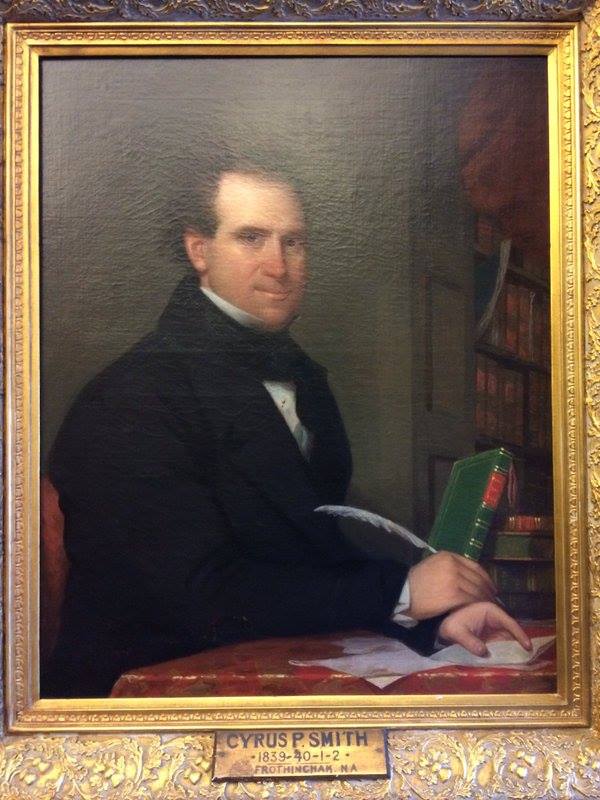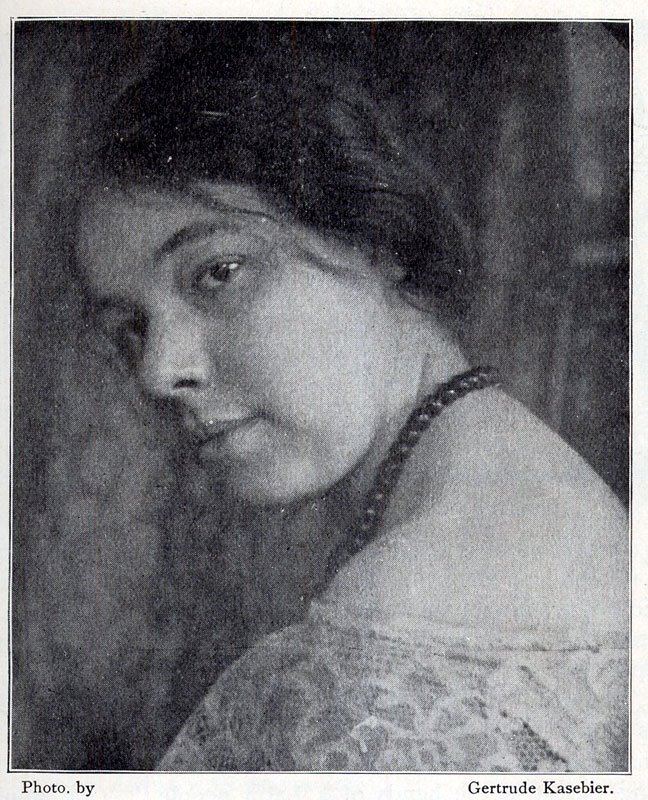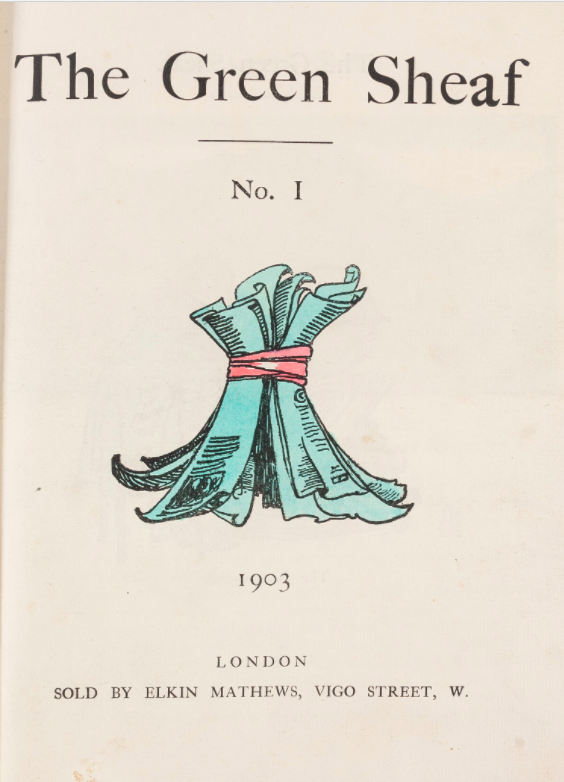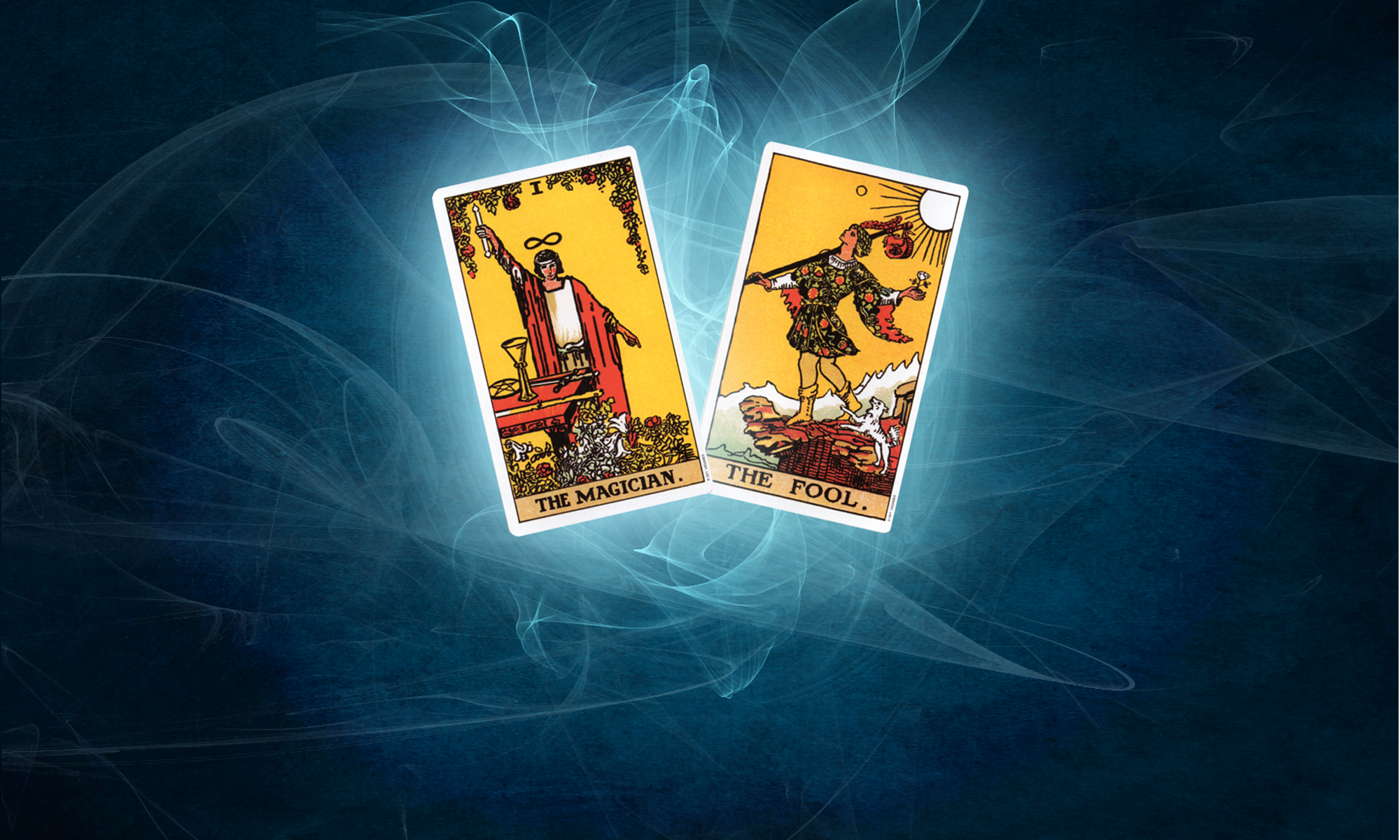I was pondering about the fearlessness of Pamela Colman Smith, how many times she picked up and moved in her lifetime. She was born in England in 1878 and was a world-traveler before she was even twenty-one years of age. About the same time, she created the iconic tarot deck, the Waite Smith deck. And how many different sorts of art she created: children’s books, paintings, set designs, costume designs and her most famous creation, her tarot cards. Pamela’s passing in 1951 precluded her knowledge that her cards would become cherished purchases in over twenty countries, but, thanks to Stuart Kaplan at U.S. Games Systems, Inc. reissuing them in 1973, they have become an international best-seller. She herself would grow up to live in such places as Jamaica, Brooklyn, London, Exeter and Cornwall. She was born to American parents: a ‘parlour actress’ mother and an accountant father who collected Japanese art. Her grandfather on her mother’s side, Cyrus P. Smith was the first popular mayor of Brooklyn.

Her background seems to define the world cosmopolitan. Yet, there is an account of someone meeting her and saying, “She and her father are the most primitive Americans possible, but I like them much”. And who said this? John Butler Yeats, who co-edited a publication with Pamela in 1902 called A Broadsheet. It raises the question, what was primitive about her? A laugh too loud, an ‘impertinent’ remark, a blunt nature? Jack, brother to William Butler Yeats, was part of the circle of artists who populated a community who were interested in creating their own newspapers, publications and art quarterlies. He started as an artist in London drawing a comic strip satire on Sherlock Holmes, called “Chubb-Lock Homes”. He obviously got over her primitive nature enough to want to collaborate with this independent artist.
To say that Pamela was an independent is an understatement. She lost both her parents by the time she was 19 and took an engagement to tour with Sir Henry Irving’s Lyceum Theatre. At a time when most young women were chaperoned or escorted everywhere, Pamela lived with a roommate while art school at the Pratt Institute of Art. She also rented various lodgings around London, on her own and spent time with Ellen Terry at her country house.
Was she fearless? She certainly was not afraid to stand out. There are accounts of how ‘oddly’ she dressed: gypsy–like gowns, beads and coral in her hair, an orange blouse and green cape. As an actress performing her one-woman show of Jamaican fairy tales from her Annancycollection prompted reviews lauding her mastery of the Jamaican accent and nuance. The beads around her neck, crow feathers in her hair and fringed shawls added to her Bohemian look. One review one of her performances of William Butler Yeats material mentions the green cloak drawn closer around her face and only one nervous hand visible. So, there was fear there, but on she went. She advertised her one-woman shows in her The Green Sheaf periodicals and managed to get bookings of her performing into the drawing rooms of London, Brooklyn and Manhattan, but all were through word of mouth. She had no manager, publicity person, twitter account or PR campaign to help her get the word out on her work.

But she did write several essays on what she thought about art, how passionately she felt that the artist be genuine and authentic. That a true artist sees theatre, nature and researches the essence of what it is that they are trying to capture. She said that there was a place for ugliness, as well as beauty in art. There is so much unknown about how Pamela managed to survive as an artist in Victorian and Edwardian London and a lot of her work may have perished in the fire bombs of WWI and WWII. However, one indication of her philosophy is the motto she adapted as she began studying the Golden Dawn’s course: ‘Quod tibi id alliis’ – ‘Whatever you would have done to thee, do unto others’. It shows a very charitable philosophy of how to treat one another despite a career eking out a living as an artist.
My first book in the series on Pamela Colman Smith, Magician and Fool, is now published by i2i Publishing and is out in the world. The second book in the series, High Priestess and Empress, is written and going through the first developmental edits, and the third book, Emperor and Hierophant, is just beginning to find its legs. I find as I research Pamela’s life, I join a chorus of people who not only are devoted to her tarot cards for inspiration, but to her way of life; as independent and stalwart artist. What it must have been like for her to keep going when the returns were so small – it makes my head spin. It certainly brings me up short when I feel powerless or helpless in my attempts to bring my creations to life. But then I read accounts of her large laugh filling a room, or seeing her mischievous smile in a drawing or a photograph and feel that along that with her own despair and toil, she also led a full life. One of my favorite quotes from her is “Feel Everything!” In this time of some hopelessness, fear and discouragement, she inspires me to continue to create and feel every step of the way. I remember to laugh and enjoy this big, beautiful life that we are given. Her self-published venture, The Green Sheaf, is a good example of following your heart, fearlessly.

